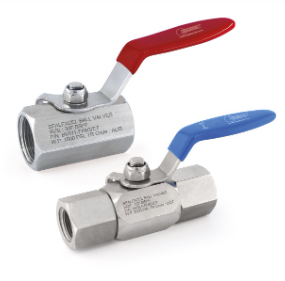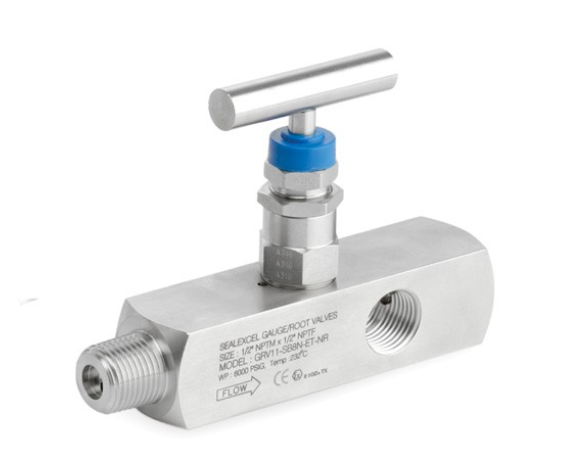
Everything You Need to Know About Needle Valve: Types, Uses, and Features
June 15, 2023
A Comprehensive Guide to Choosing the Right SS Ball Valve for Your Needs
June 28, 2023Welcome to our comprehensive guide on mastering pipe connectors for efficient plumbing systems. In this article, we will delve into the world of pipe connectors and provide you with expert insights, practical tips, and valuable information to help you optimize your plumbing system. Whether you are a homeowner, a professional plumber, or someone interested in the world of plumbing, this guide is designed to empower you with the knowledge needed to make informed decisions and achieve optimal plumbing efficiency.
Understanding Pipe Connectors
Pipe connectors play a vital role in plumbing systems as they ensure proper connections between pipes, allowing for the seamless flow of water, gas, or other fluids. These connectors come in various shapes, sizes, and materials, each serving a specific purpose and offering unique advantages. Here, we will explore some of the most commonly used pipe connectors in residential and commercial plumbing applications.
1. Compression Fittings
Compression fittings are versatile connectors commonly used in plumbing systems. They consist of three main components: a compression nut, a compression ring (also known as a ferrule), and the body of the fitting. These connectors work by compressing the ferrule against the pipe, creating a watertight seal. Compression fittings are particularly useful for joining pipes made of copper, brass, or plastic.
2. Threaded Fittings
Threaded fittings are widely employed in plumbing systems where a secure and leak-free connection is essential. These connectors have screw threads on the inner surface, allowing them to be screwed onto corresponding threaded pipes or fittings. Threaded fittings are available in various materials such as galvanized steel, stainless steel, and brass, offering durability and resistance to corrosion.
3. Push-Fit Connectors
Push-fit connectors, also known as push-to-connect or quick-connect fittings, have gained popularity in recent years due to their ease of installation and versatility. These connectors feature a release collar that allows for quick and straightforward connection and disconnection without the need for specialized tools. Push-fit connectors are compatible with various pipe materials, including copper, PEX, and CPVC.
Advantages of Efficient Pipe Connectors
Investing in high-quality pipe connectors and ensuring their efficient usage can yield several benefits for your plumbing system. Let’s explore some of the advantages:
1. Leak Prevention
By using reliable pipe connectors, you can significantly reduce the risk of leaks and water damage in your plumbing system. Properly installed connectors create tight seals, minimizing the chances of water seepage and associated issues like mold growth, structural damage, and increased utility bills.
2. Enhanced Durability
Choosing robust and durable pipe connectors can contribute to the longevity of your plumbing system. High-quality connectors can withstand the rigors of everyday usage, resist corrosion, and provide stability to the overall network of pipes.
3. Optimal Flow and Efficiency
Efficient pipe connectors facilitate the smooth flow of fluids within the plumbing system, minimizing pressure drops and restrictions. By eliminating unnecessary resistance, you can improve the efficiency of your plumbing system, ensuring adequate water pressure and reducing energy consumption.
4. Easy Maintenance and Repair
Well-designed pipe connectors simplify maintenance and repair tasks. Connectors that allow for quick disconnection and reconnection enable efficient repairs, replacements, or modifications without significant disruptions to the entire plumbing system.
Expert Tips for Choosing and Installing Pipe Connectors
Now that we understand the importance of efficient pipe connectors, let’s explore some expert tips to help you choose and install them effectively:
1. Select Appropriate Connector Types
Carefully consider the requirements of your plumbing system and choose the appropriate connector types accordingly. Consider factors such as pipe material, application, pressure rating, and compatibility with other components. Consulting with a professional plumber can provide valuable insights and ensure the right connectors are selected.
2. Follow Manufacturer Guidelines
Always refer to the manufacturer’s guidelines and instructions when installing pipe connectors. Each connector may have specific installation requirements, such as torque values, alignment procedures, or the use of sealants or thread tapes. Adhering to these guidelines will help you achieve optimal performance and prevent potential issues.
3. Properly Prepare Pipes
Before installing pipe connectors, ensure that the pipes are clean, free from debris, and properly cut or deburred. Rough or uneven pipe ends can affect the effectiveness of the connection and compromise the seal. Use appropriate tools, such as pipe cutters or deburring tools, to achieve smooth and clean pipe ends.
4. Test for Leaks
After installing pipe connectors, perform a thorough leak test to verify the integrity of the connections. Use a suitable method, such as applying a solution of soapy water to the joints and checking for bubbles. Address any leaks promptly to avoid long-term damage and ensure optimal performance.
Conclusion
In conclusion, mastering pipe connectors is crucial for achieving efficient plumbing systems. By understanding the various types of connectors available, their advantages, and implementing expert tips for their selection and installation, you can optimize your plumbing system’s performance and longevity. Remember to choose high-quality connectors, follow manufacturer guidelines, and perform regular maintenance to ensure a reliable and efficient plumbing system in your home or establishment.



